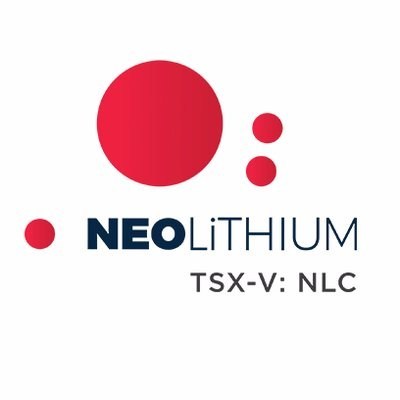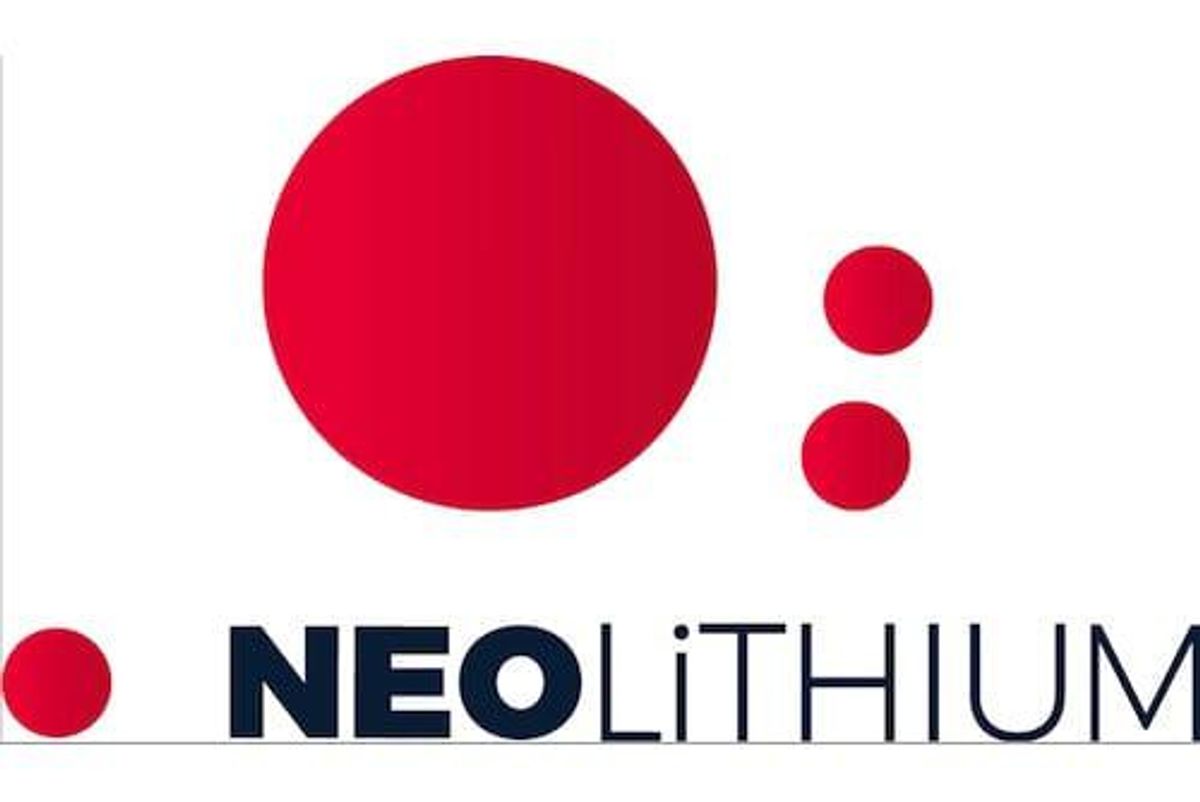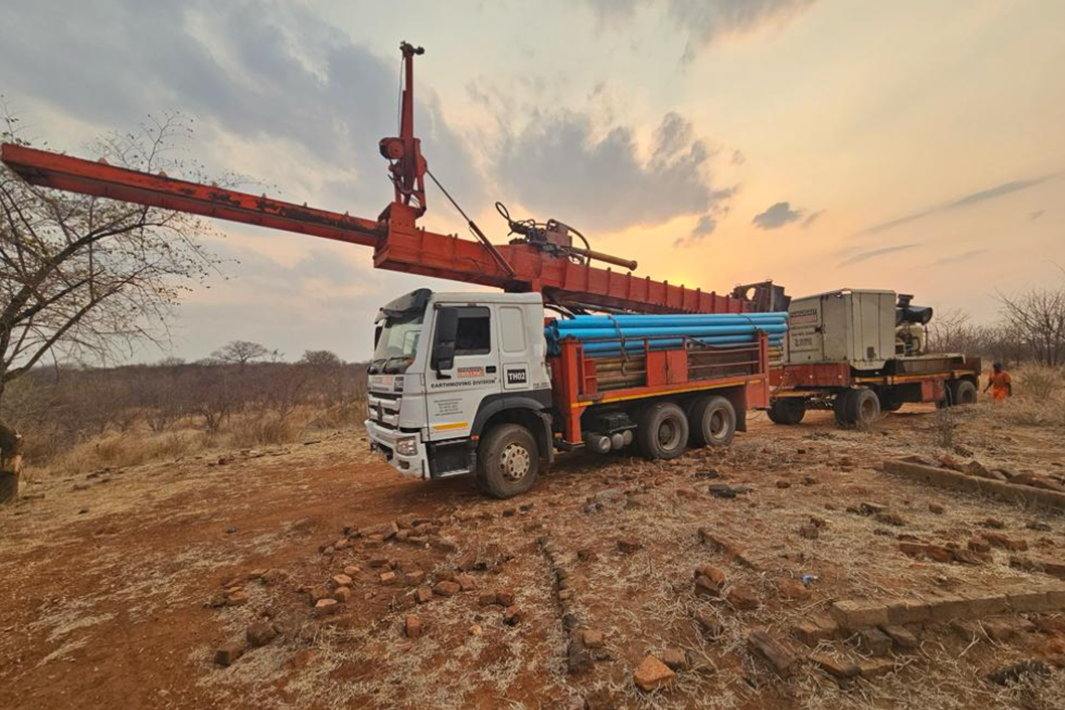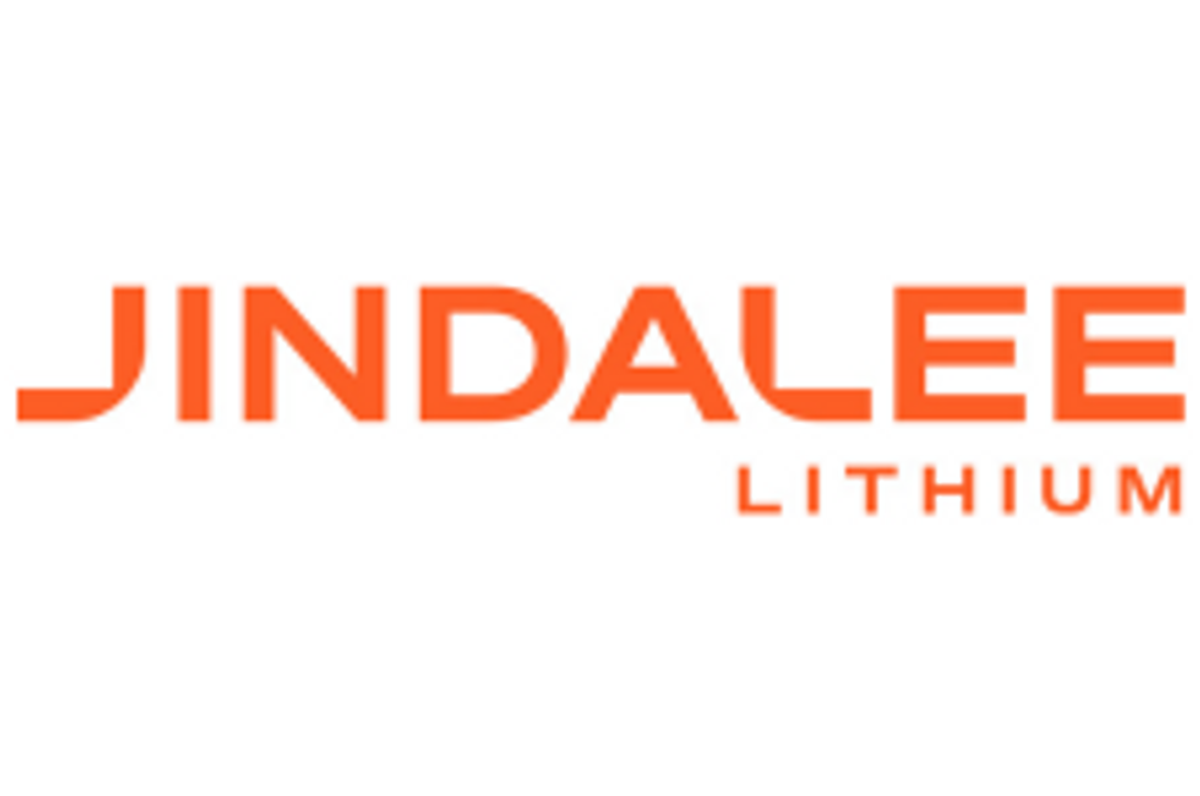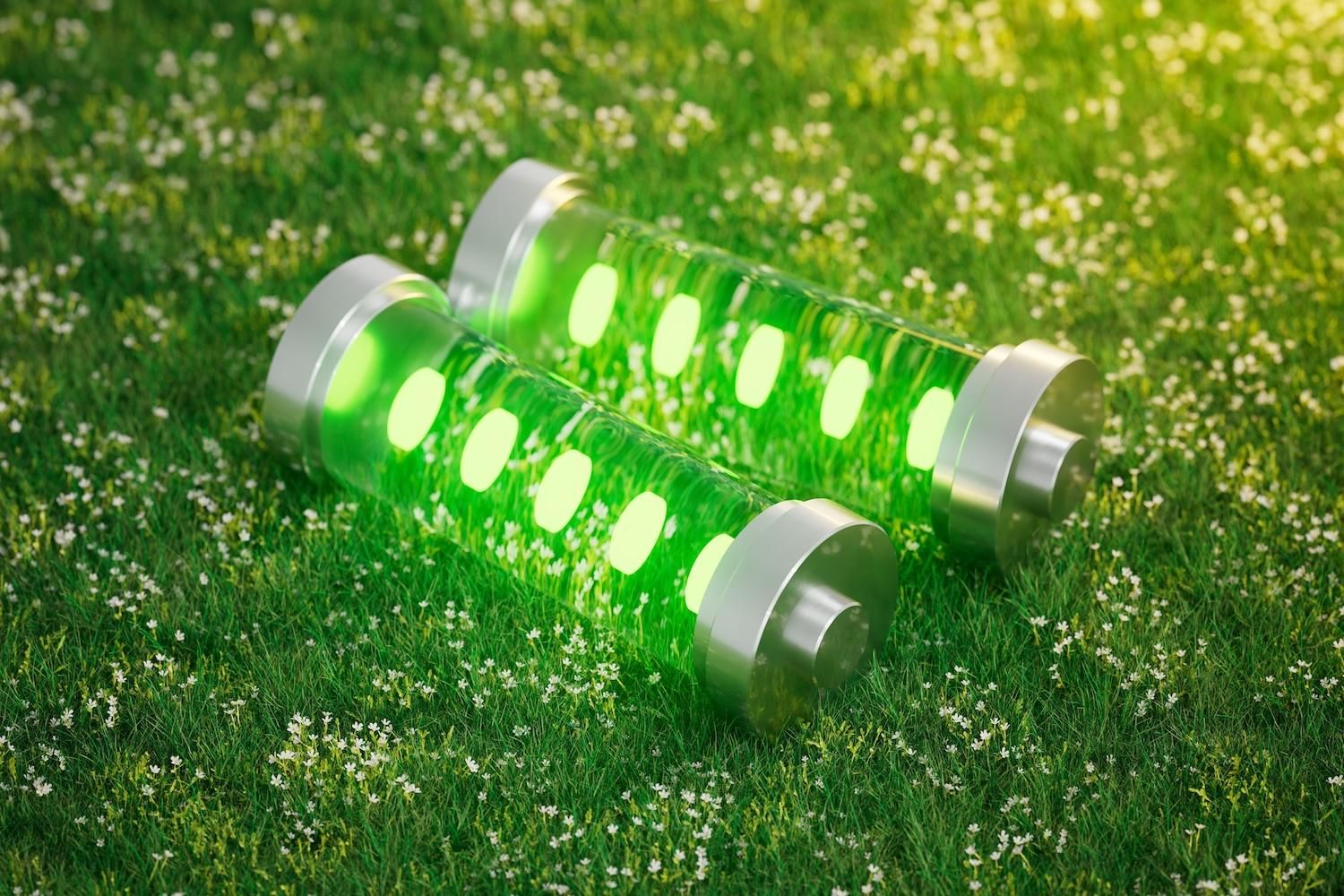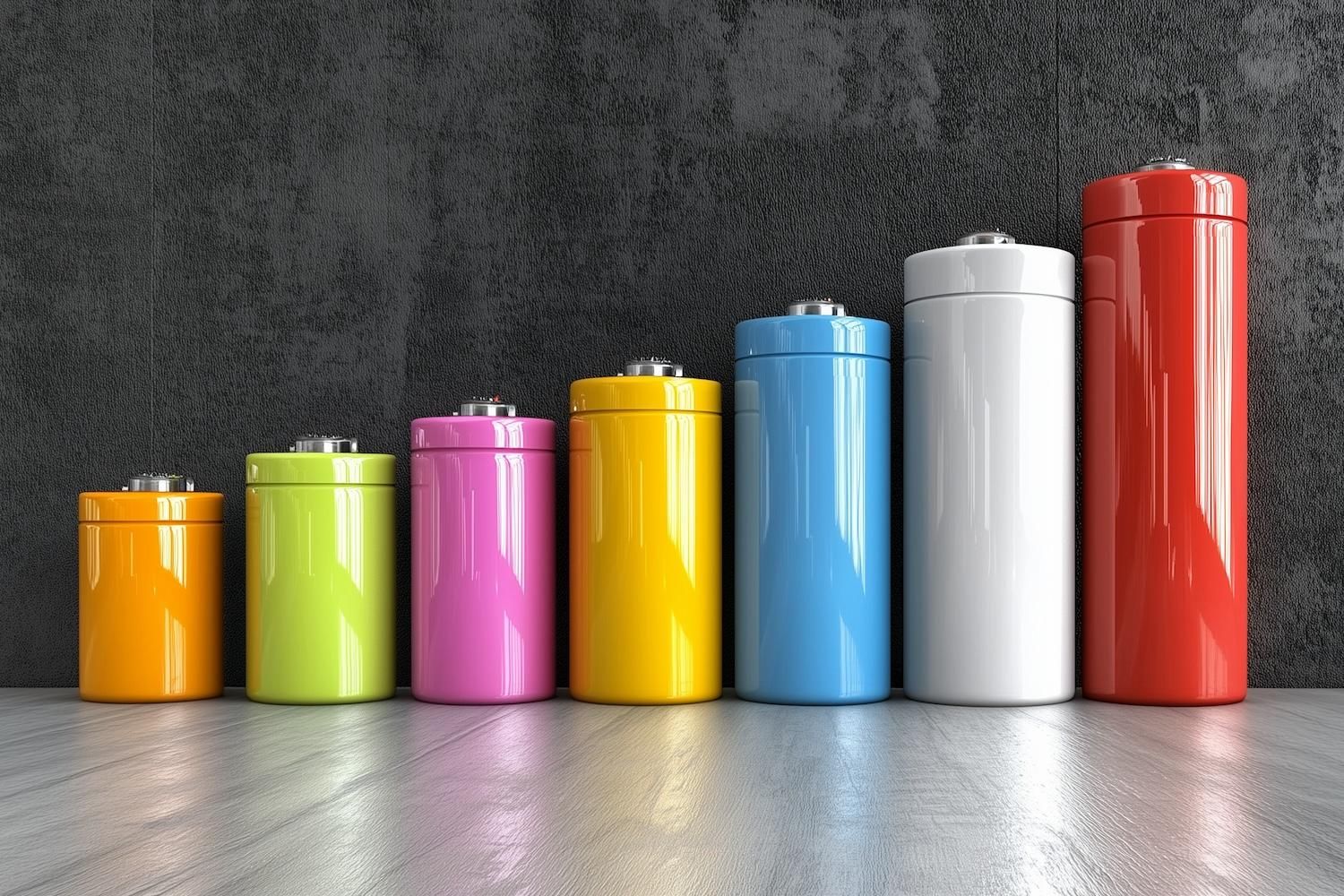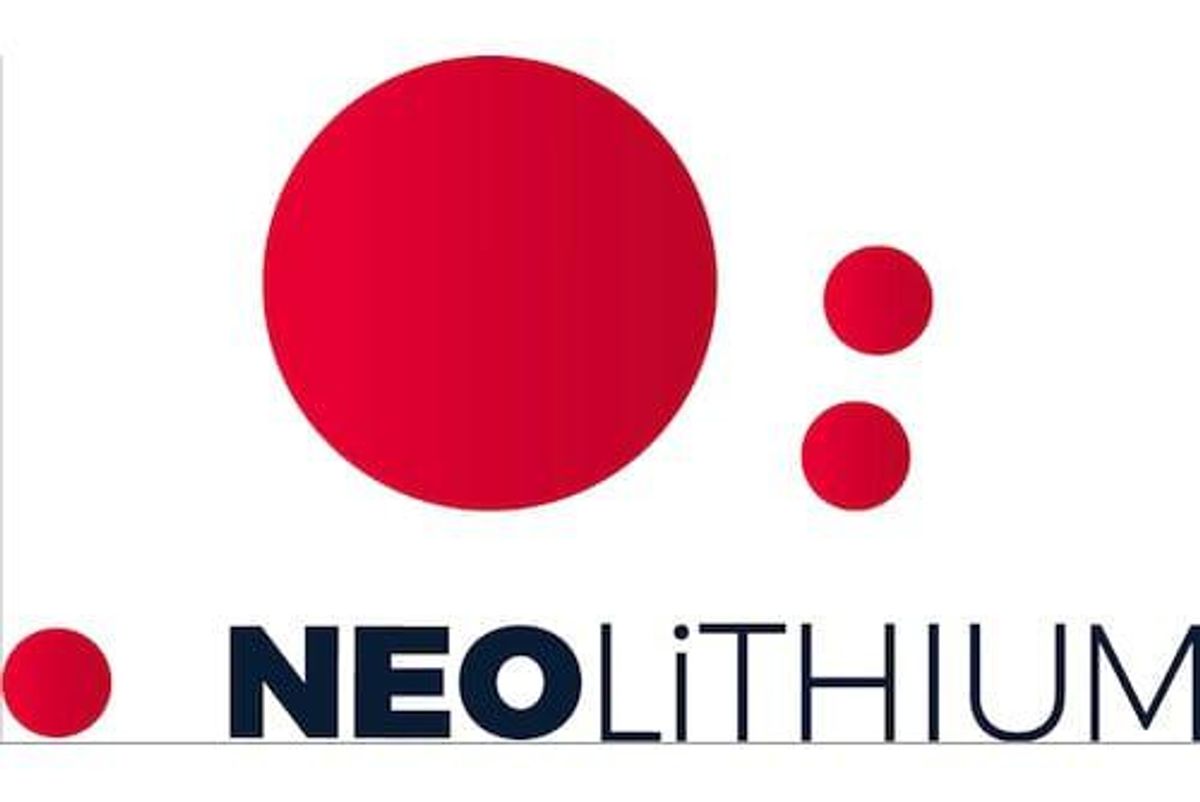
- Every new drill hole intercepted high-grade brine at depth of up to 362m and outside of the previous resource estimate in 2018
- Previous resource estimate in the northern high-grade zone only went to 100m and drill hole PP1-R-26 250m off-strike
- The Company expects to deliver a positive new resource update including all the new deeper and off-strike drill holes in Q2 2021
Neo Lithium Corp. (" Neo Lithium " or the " Company ") (TSXV: NLC) (OTCQX: NTTHF) (FSE: NE2) is pleased to announce that as a result of the current drilling program it has successfully intercepted a new deep brine aquifer, located outside the area which resulted in the Company's "Updated Mineral Resource Estimate Technical Report on the 3Q Lithium Project, Catamarca Province, Argentina " prepared by Groundwater Insight Inc. with an effective date of August 14, 2018 .
The well PP1-R-26 is located off-strike and approximately 250 meters east of the 3Q Project lake (in the alluvial fan) outside the previous resource volume that ended at the rim of the 3Q Project lake. Brine was found in the sediments at 11 meters deep all the way to the bottom of the well at 362 meters deep. This is the deepest well drilled in the northern high-grade sector of the deposit and is also outside of the previous resource estimate calculation. As a remainder the previous resource estimate high-grade zone in the northern portion of the Salar only went down to 100 meters. The rocks found in the hole are interlayered sands, gravel, and clays from surface to 264 meters and coarse sand from 264 to 362 meters. This lower brine aquifer made of coarse sand that runs at depth is new and had not been detected in previous drilling of the high-grade zone because the deepest hole in the north was PP1-R-25 that went to a depth of 268 meters.
PP1-R-26 was finished with blind casing with cement and clay pellets from surface to 264 metres to isolate the upper known aquifers from the lower aquifer of the well, and eight inches PVC screen from 264 metres to 362 metres. The well was pumped for 24 hours at 30m 3 per hour, and the following 24 hours at 40m 3 per hour to collect six brine samples, one every six hours approximately. The flow at the well has been strong, with very little depression of the brine water table even at those high pump rates. The Company is currently working towards completing a piezometer numbered PP1-D-26 to be able to run pump tests in this new deep aquifer.
Well number PP1-R-24 expanded this high-grade zone to 167 meters deep, well number PP1-R-25 expanded the high-grade zone to 268 meters deep and now PP1-R-26 expanded the aquifer down to 360 meters deep.
In light of this discovery, the Company has engaged Groundwater Insight Inc. as an independent contractor to work on a new resource estimate using the results from the three new wells. The Company anticipates these results, which were not included in the previous resource estimate, will have a positive impact in the new resource estimate. The Company anticipates the new resource estimate to be announced in the second quarter of 2021, as chemical results arrive for this new well (PP1-R-26) and a new volume is already being measured taking into account the new holes that intercepted mineralization. For reference, results of wells 24 and 25 were:
- PP1-R-24 run from 0-167 meters with 1,128 mg/l Li
- PP1-R-25 run from 90-268 meters with 1,117 mg/l Li
- PP1-R-26 will test the deeper aquifer that runs from 260 to 360 meters deep (results pending)
"We are pleasantly surprised with the result of our drilling and the manner in which the northern high-grade zone extends both deeper and off-strike," stated Waldo Perez , President and CEO of Neo Lithium. "We are keen to see the results of the new resource estimate, further highlighting the quality and size of our project."
COVID-19 update
Argentina had a record number of COVID-19 cases in the last week which forced the government to impose travel restrictions and other mobility limits to try to ensure the public health system can keep working without being overrun. Mining has been exempted from those restrictions as an "Essential Activity". So far, the Company has had some isolated COVID-19 cases, but the protocols have worked well, and no significant time delays have been experienced across our operations. As such, completion of the Final Feasibility Study is expected on time for the fourth quarter of this year.
Technical Information
The samples collected were delivered by Company personnel to Andesmar Transport Company ("Andesmar") in La Rioja, in the province of Rioja. Andesmar delivered the samples by truck to ASL, an ISO 9001-2008-certified laboratory in Mendoza, Argentina . ASL used the following analytical methodologies: ICP-OES (inductively-coupled plasma-optical (atomic) emission spectrometry) to quantify boron, barium, calcium, lithium, magnesium, manganese, and potassium; an argentometric method to assay for chloride; a gravimetric method to analyze for sulfate; a volumetric analysis (acid/base titration) for the evaluation of alkalinity (as CaCO 3 ); a gravimetric method to determine density and total dissolved solids; and, a laboratory pH meter to determine pH. All analytical work is subject to a systematic and rigorous Quality Assurance-Quality Control. A reference ("standard") sample was inserted into the sample stream at a frequency of approximately 1 in 15 samples; a field blank was inserted at a frequency of approximately 1 in 15 samples; and a field duplicate sample was inserted at a frequency of approximately 1 in 15 samples.
Waldo Perez , Ph.D, P.Geo., the CEO and President of Neo Lithium Corp. is the Qualified Person who approved the scientific and technical disclosure in the news release.
About Neo Lithium Corp.
Neo Lithium Corp. has quickly become a prominent new name in lithium brine development by virtue of its high quality 3Q Project and experienced team. Neo Lithium is rapidly advancing its 100% owned 3Q Project - a unique high-grade lithium brine lake and salar complex in Latin America's "Lithium Triangle".
The 3Q Project is located in the Catamarca Province, the largest lithium producing area in Argentina covering approximately 35,000 ha including a salar complex of approximately 16,000 ha.
Additional information regarding Neo Lithium Corp. is available on SEDAR at www.sedar.com under the Company's profile and at its website at www.neolithium.ca , including various pictures of ongoing work at the project.
Neither TSX Venture Exchange nor its Regulation Services Provider (as that term is defined in the policies of the TSX Venture Exchange) accepts responsibility for the adequacy or accuracy of this release. The TSX Venture Exchange Inc. has in no way approved nor disapproved the contents of this press release.
Cautionary Note Regarding Forward Looking Statements - Certain information set forth in this news release may contain forward-looking statements. Such statements include but are not limited to, statements as to lithium brine grades at depth being consistent with surface results, the potential for resource expansion at depth, the potential of the northern salar sediments, and deeper sediments, for hosting brine, the ability to proceed to scoping studies quickly, proceeding with continued work for additional economic studies the potential for production expansion in the Company's assessment of the economic potential of the 3Q Project, that test results are indicative of future results, and the additional of additional independent directors. Generally, forward-looking statements can be identified by the use of words such as "plans", "expects" or "is expected", "scheduled", "estimates" "intends", "anticipates", "believes", or variations of such words and phrases, or statements that certain actions, events or results "can", "may", "could", "would", "should", "might" or "will", occur or be achieved, or the negative connotations thereof. These forward-looking statements are subject to numerous risks and uncertainties, certain of which are beyond the control of the Company, which could cause the actual results, performance or achievements of the Company to be materially different from the future results, performance or achievements expressed or implied by such statements. These risks include, without limitation, risks related to failure to obtain adequate financing on a timely basis and on acceptable terms, political and regulatory risks associated with mining and exploration activities, including environmental regulation, risks and uncertainties relating to the interpretation of drill and sample results, risks related to the uncertainty of cost and time estimation and the potential for unexpected delays, costs and expenses, risks related to metal price fluctuations, the market for lithium products, competition for experienced directors in the junior mineral exploration and development sector, and other risks and uncertainties related to the Company's prospects, properties and business detailed elsewhere in the Company's disclosure record. Although the Company believes its expectations are based upon reasonable assumptions and has attempted to identify important factors that could cause actual actions, events or results to differ materially from those described in forward-looking statements, there may be other factors that cause actions, events or results not to be as anticipated, estimated or intended and undue reliance should not be placed on forward-looking statements.
SOURCE Neo Lithium Corp.

![]() View original content to download multimedia: https://www.newswire.ca/en/releases/archive/May2021/27/c2455.html
View original content to download multimedia: https://www.newswire.ca/en/releases/archive/May2021/27/c2455.html
